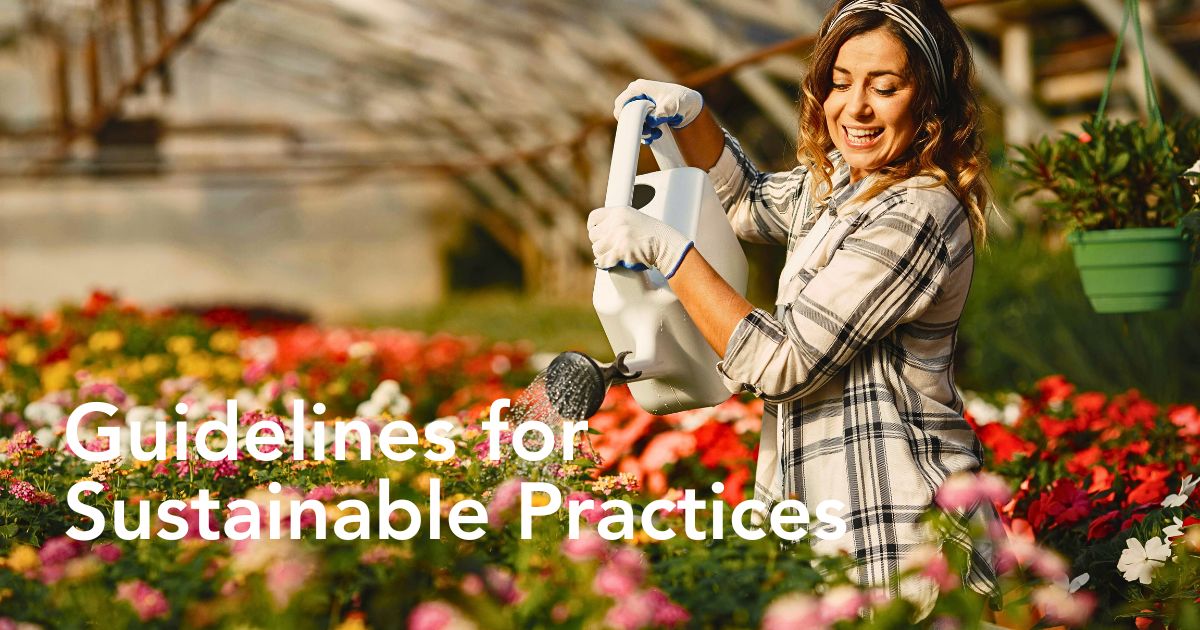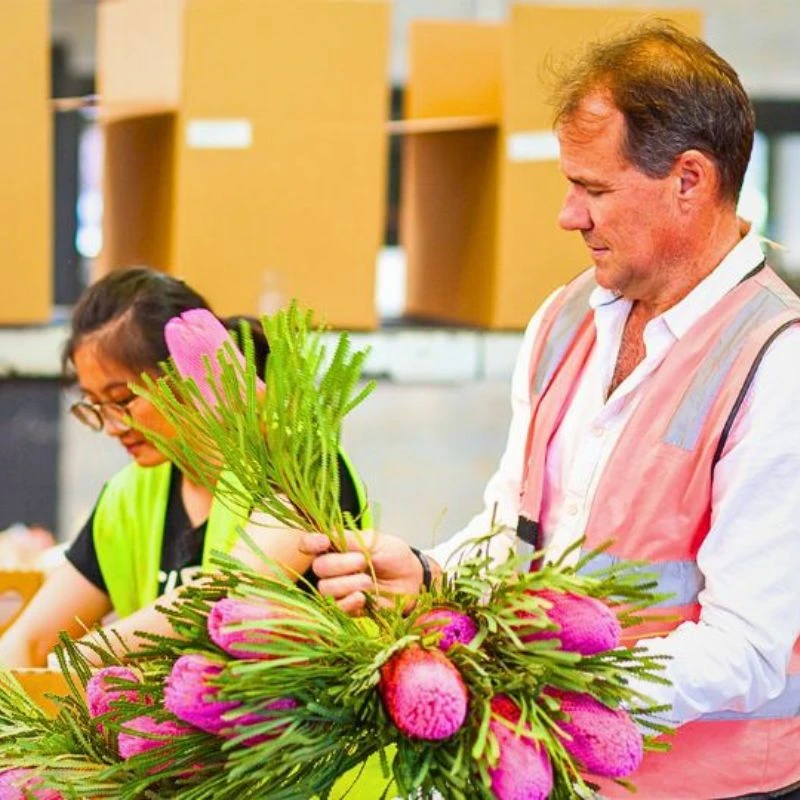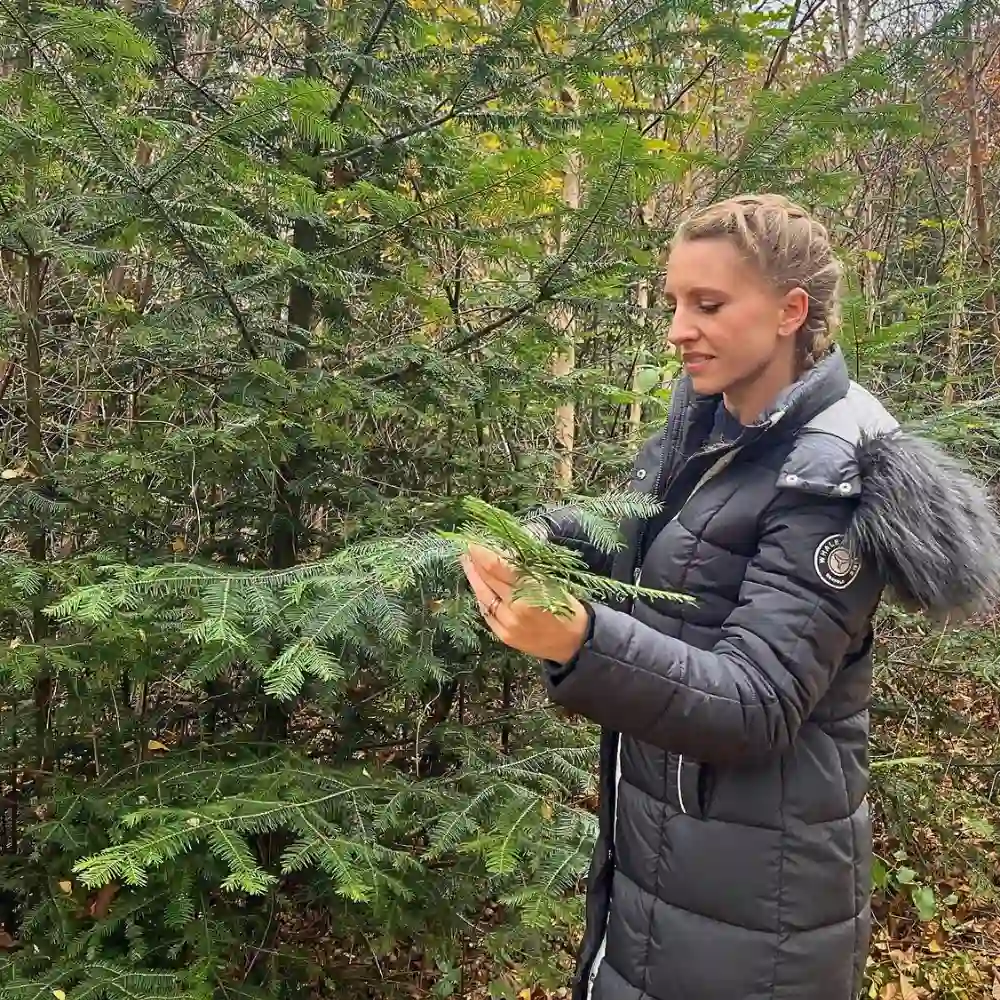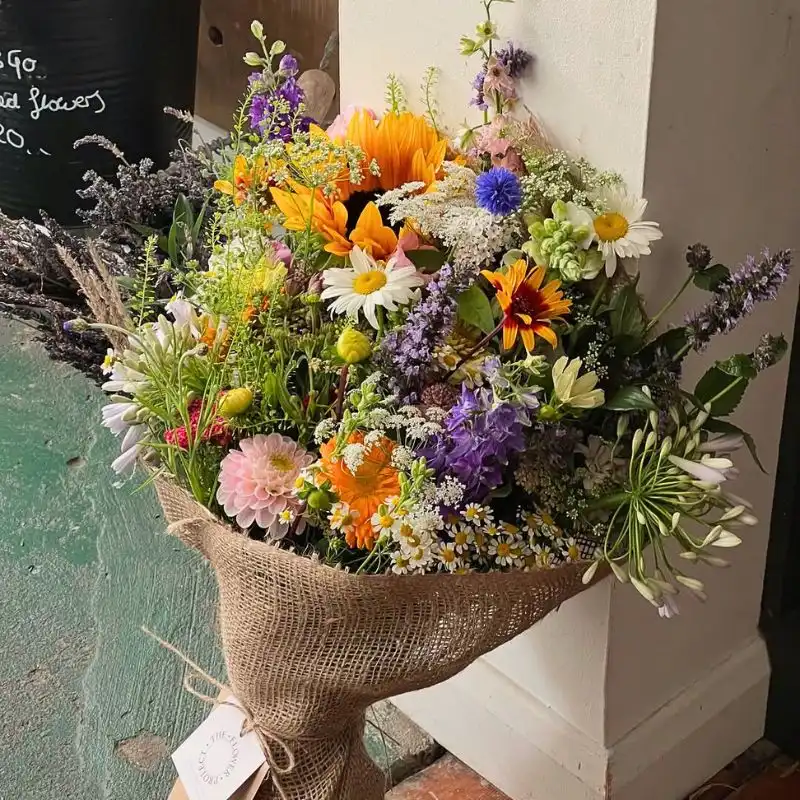Sustainabloom, the American Floral Endowment's (AFE) flagship sustainability initiative, has further strengthened its place as one of the floriculture industry's leading educational resource hubs with the release of two essential new guides: Cold Chain Management and H-2A and H-2B Work Visas. These additions enhance Sustainabloom's comprehensive resource guides, all designed to simplify complex sustainability challenges and provide actionable solutions for flower businesses of every size.
The convenience of these releases highlights Sustainabloom's commitment to addressing the most urgent challenges in the flower industry today, as the sector continues to balance environmental responsibility, economic sustainability, and social equity. These new guides focus on two key areas that significantly impact operational efficiency and sustainable practices throughout the entire supply chain.
Cold Chain Management for Maximizing Profit While Minimizing Environmental Impact
The newly released Cold Chain Management guide addresses one of the most crucial aspects of floriculture operations: maintaining proper temperatures for cut flowers from production, to harvest, to point of sale. This all-inclusive resource guide provides practical solutions for a challenge that directly impacts both business profitability and environmental sustainability.

Cold chain management is an essential intersection of environmental and economic sustainability in floriculture. Once flowers are cut, they immediately begin losing moisture and nutrients, with improper temperature control potentially reducing vase life by 15-20%. This deterioration not only means significant financial losses for businesses but also contributes to environmental waste when flowers are discarded prematurely.
The guide emphasizes that implementing proper cold chain management maximizes profits while minimizing environmental impact by maintaining consistent temperatures throughout the supply chain. Flower businesses can significantly reduce waste, extend product life, and enhance customer satisfaction. Research indicates that flowers transported without consistent temperature control can lose up to 50% of their shelf life with just a -16.7°C temperature increase.
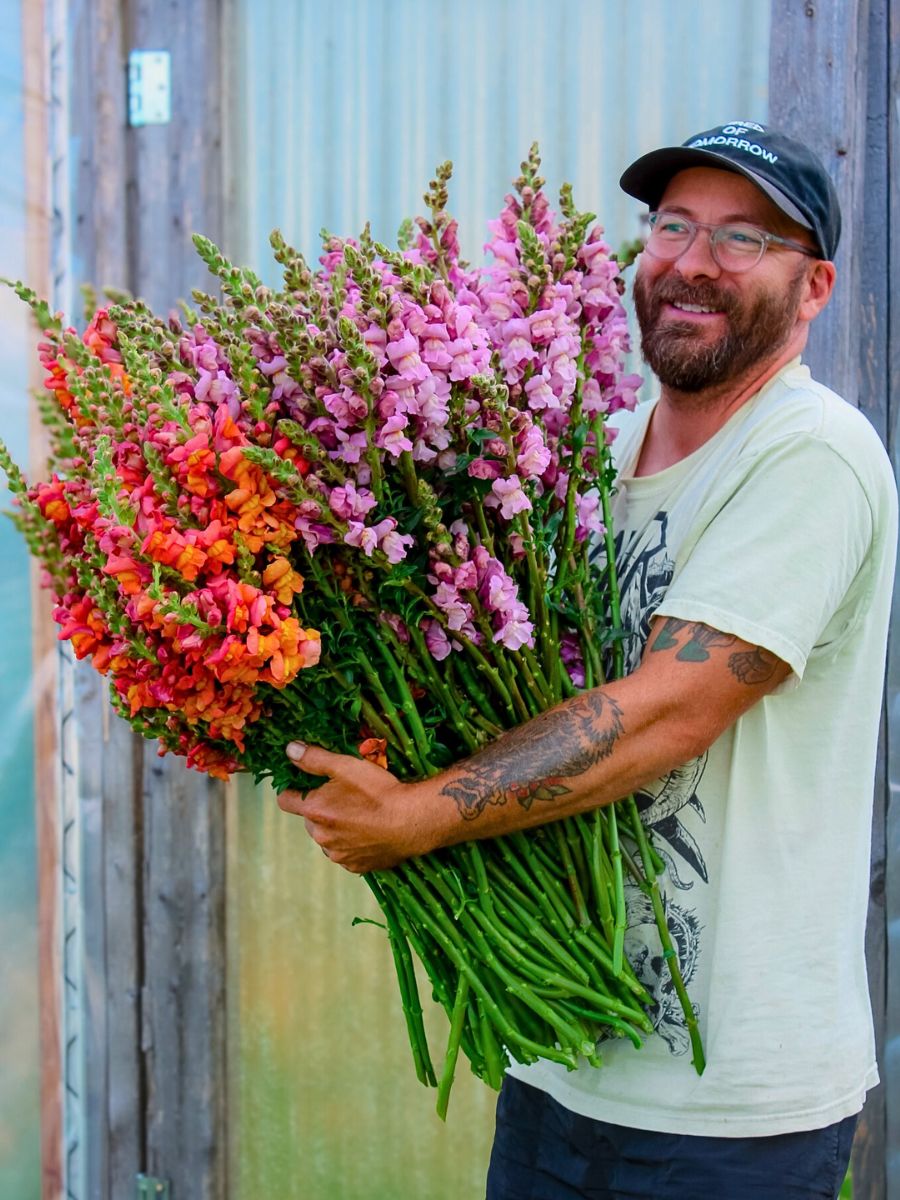
Sustainabloom's Cold Chain Management guide provides comprehensive coverage of essential implementation areas, including temperature control systems, pre-cooling procedures, sanitation protocols, employee training programs, and advanced preservation methods. The guide recognizes that effective cold chain management requires an inclusive approach that addresses every touchpoint in the supply chain.
The resource, therefore, offers specific guidance on equipment selection, monitoring technologies, and standard operating procedures that help businesses balance cost considerations with technological capabilities. For floriculture operations ranging from small family farms to large commercial enterprises, the guide provides scalable solutions that can be adapted to different business sizes and operational requirements.

Moreover, this guide's comprehensive approach goes beyond individual business operations to address the entire floriculture supply chain, providing direction for growers, transporters, wholesalers, suppliers, and retailers. In this framework, Sustainabloom ensures that cold chain management becomes an integrated industry-wide practice rather than isolated efforts by individual businesses.
H-2A and H-2B Work Visas That Build Global Inclusivity and Address Labor Challenges
The second new guide addresses the complex landscape of H-2A and H-2B temporary work visa programs, touching on crucial labor shortages while promoting sustainable social practices in floriculture operations. This resource comes at a particularly crucial time when the industry deals with significant workforce challenges that impact both productivity and sustainability goals.
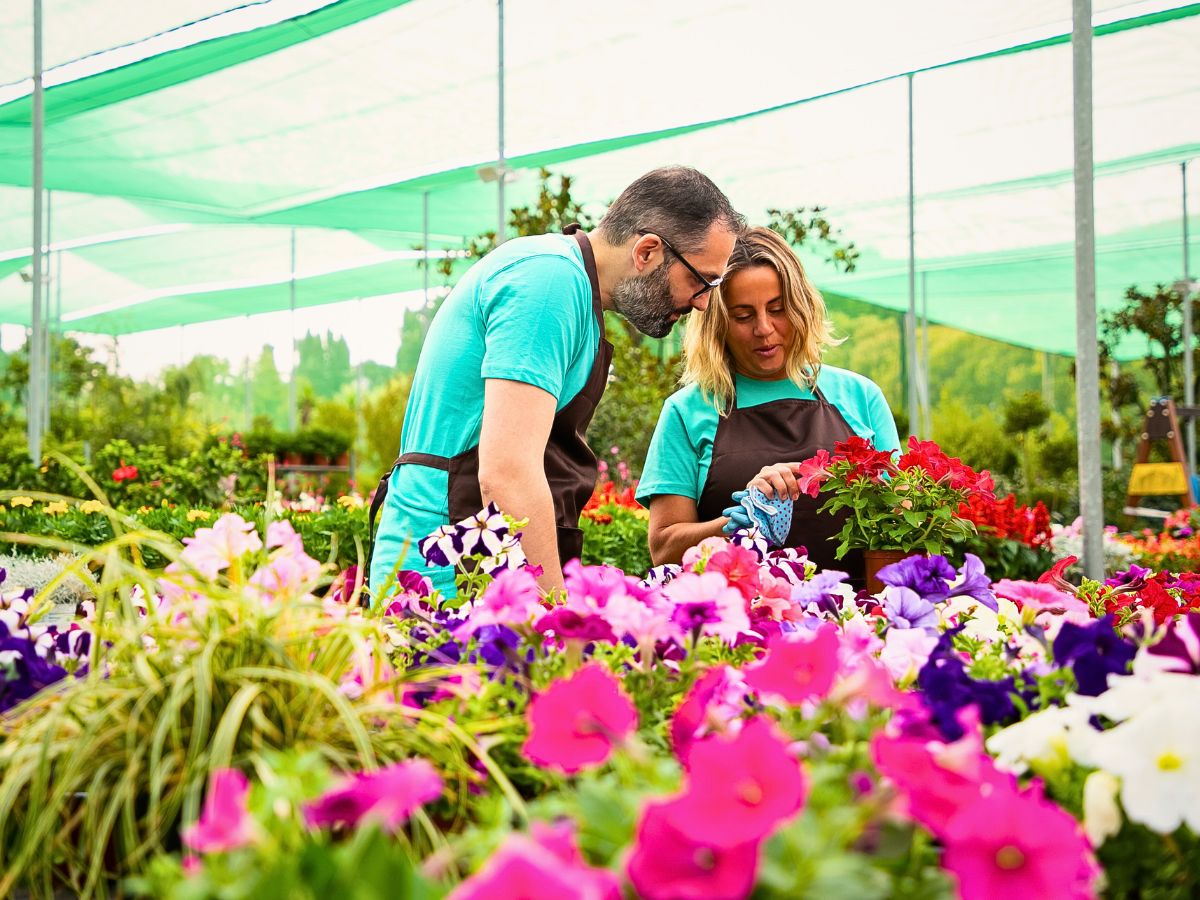
The floriculture industry, like many agricultural sectors, faces a high demand but low supply of domestic workers. This challenge has become increasingly acute, with labor shortages constraining industry growth and limiting businesses' ability to implement comprehensive sustainability practices. The H-2A and H-2B visa programs offer viable solutions for addressing these workforce gaps while maintaining compliance with federal labor standards.
The guide explains that H-2A visas serve agricultural operations, including flower cultivation, while H-2B visas address seasonal non-agricultural needs such as landscaping and retail operations. Both programs provide access to temporary workers during peak seasons, offering flexibility that allows businesses to maintain operations without long-term employment commitments.
This particular guide highlights the mutual benefits these programs provide to both employers and foreign workers. For employers, the programs offer access to a reliable labor force during critical periods, helping maintain production schedules and quality standards essential for sustainable operations. The programs also provide flexibility in labor supply, allowing businesses to scale their workforce based on seasonal demands without compromising their sustainability commitments.

For workers, these programs provide legitimate ways to temporary employment in the US, with built-in protections that ensure fair wages and safe working conditions. The guide emphasizes that employers participating in these programs must comply with specific labor standards and regulations, which, in turn, help prevent exploitation and promote ethical business practices.
Aside from addressing immediate labor needs, the H-2A and H-2B programs contribute to creating a more globally inclusive floriculture industry through providing structured approaches for international workers to contribute to American floriculture operations. These programs cultivate cultural exchange and knowledge sharing that can enhance industry innovation and sustainability practices.
The guide, further, provides detailed information about program differences, regulatory requirements, and compliance procedures that help ensure optimal working relationships between employers and employees. This comprehensive approach supports Sustainabloom's broader mission of promoting social sustainability alongside environmental and economic considerations.
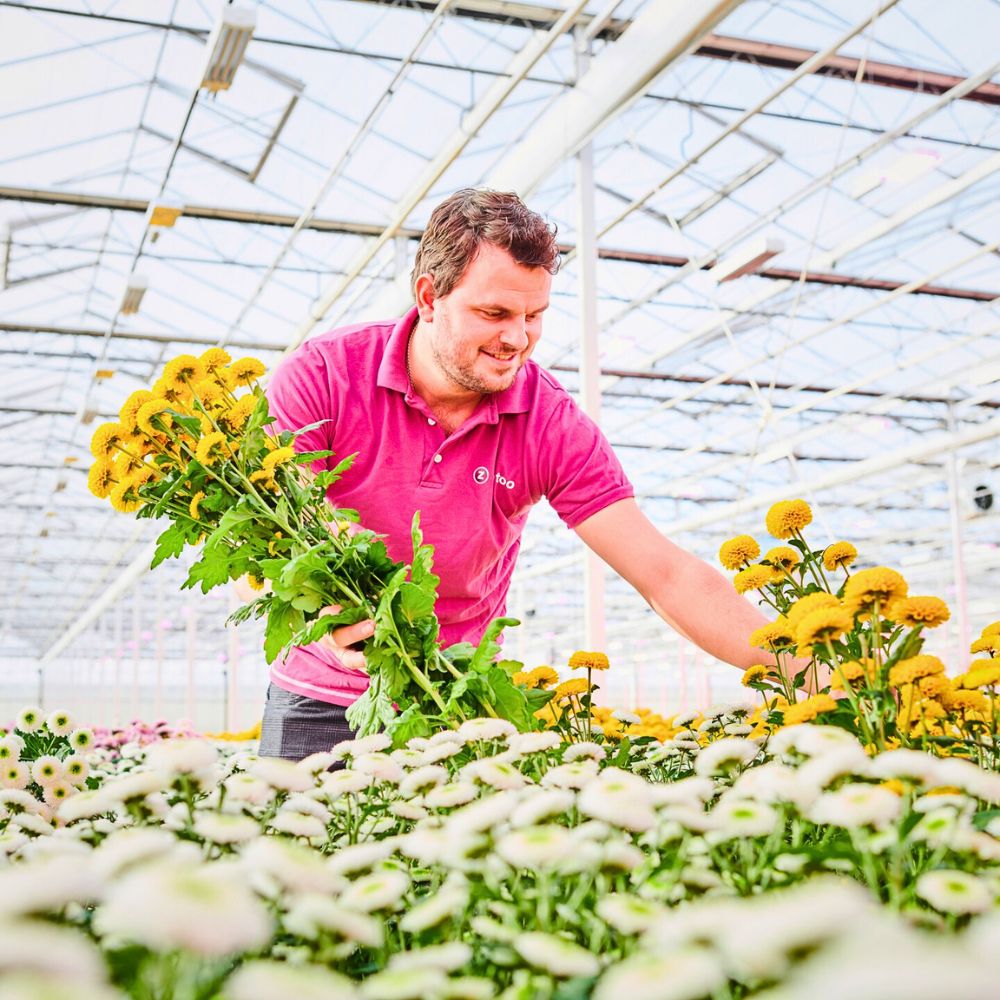
In addition, while recognizing the complexity of visa programs, the guide offers practical guidance on navigating application processes, maintaining compliance, and implementing best practices for international worker integration. Such includes information about documentation requirements, wage standards, housing provisions, and ongoing compliance monitoring that helps businesses maintain their legal obligations while supporting worker welfare.
Expanding Educational Impact Through Varied Delivery Methods
The new guides follow Sustainabloom's established format of presenting data-driven information, strategic suggestions, and expert advice in easy-to-follow formats, in an approach that ensures that industry members at every level of the supply chain can access and implement the guidance effectively, regardless of their technical expertise or business size.
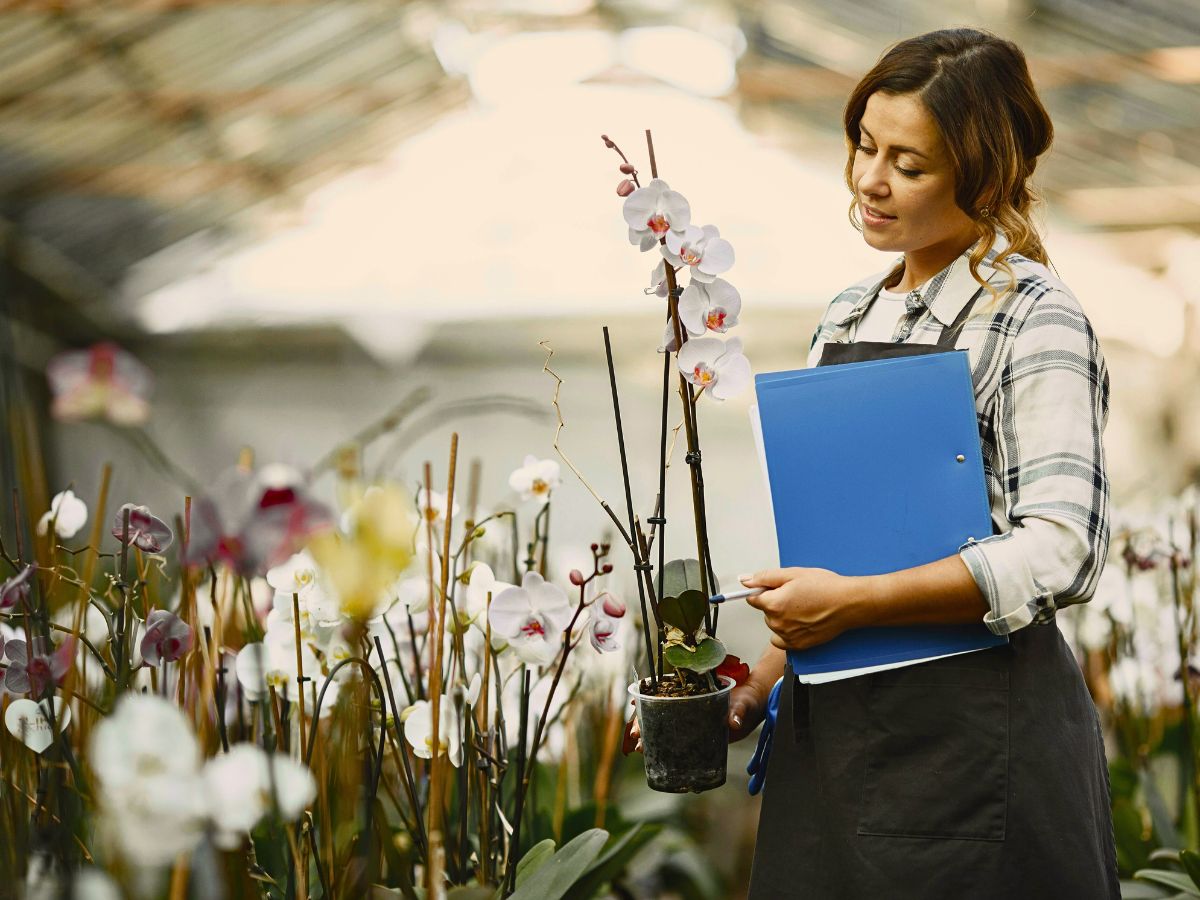
The two new offerings are supported with additional resources and regularly updated information on their webpages, including links to new research and articles. Sustainabloom also plans to host a webinar covering H-2A and H-2B work visas this fall, providing interactive learning opportunities that allow industry members to ask questions and share experiences, in a multi-modal approach to education that ensures that all learning preferences and schedules are accommodated. Sustainabloom's resources remain free of charge, thanks to the kindness and dedication of their supporters, ensuring that financial constraints do not prevent flower businesses from accessing the information and tools needed to implement sustainable practices.
Strategic Alignment With Industry Sustainability Goals
Sustainabloom’s comprehensive approach acknowledges that sustainable floriculture requires integrated solutions that address multiple challenges simultaneously. Providing practical guidance on both operational efficiency and ethical labor practices means the initiative empowers businesses to make informed decisions that support their unique circumstances while contributing to industry-wide sustainability goals.
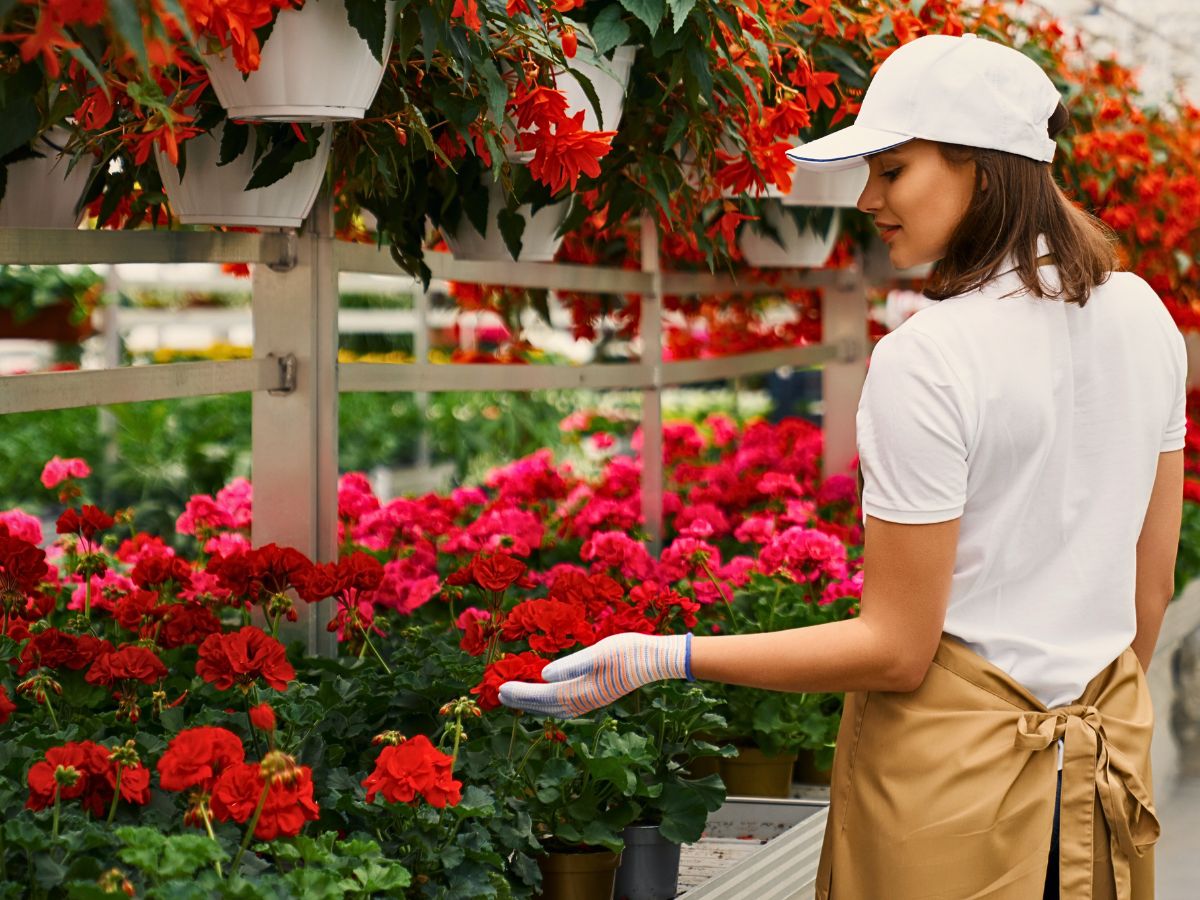
Also, the continued development of Sustainabloom's resource library shows their keenness on being the primary source for floriculture sustainability education and research-backed information, with the educational resources providing the basis for informed decision-making and collaborative progress toward a more sustainable future, which essentially means Sustainabloom continues to bridge the gap between sustainability theory and practical implementation.
Feature image by pch.vector, header image by Gustavo Fring.

